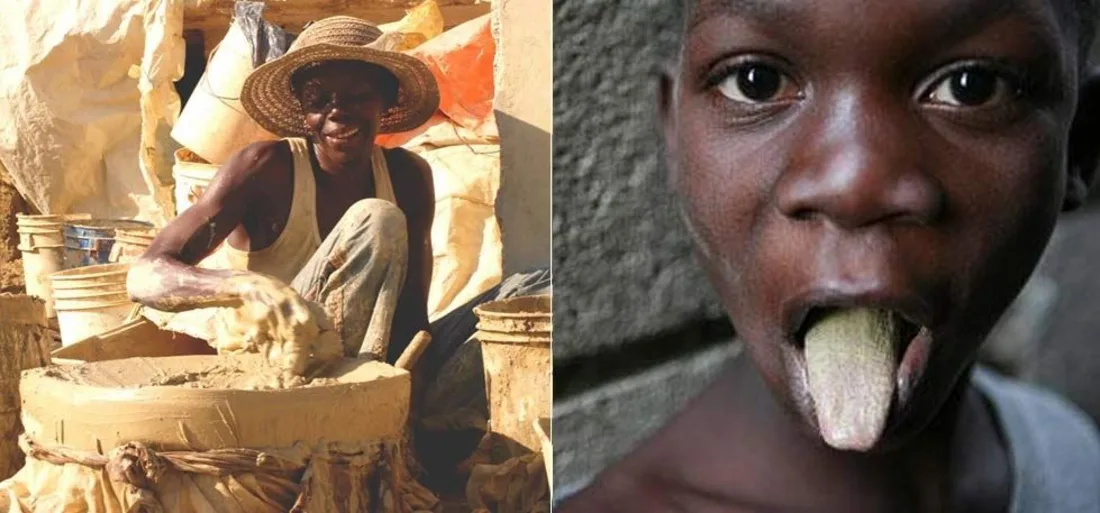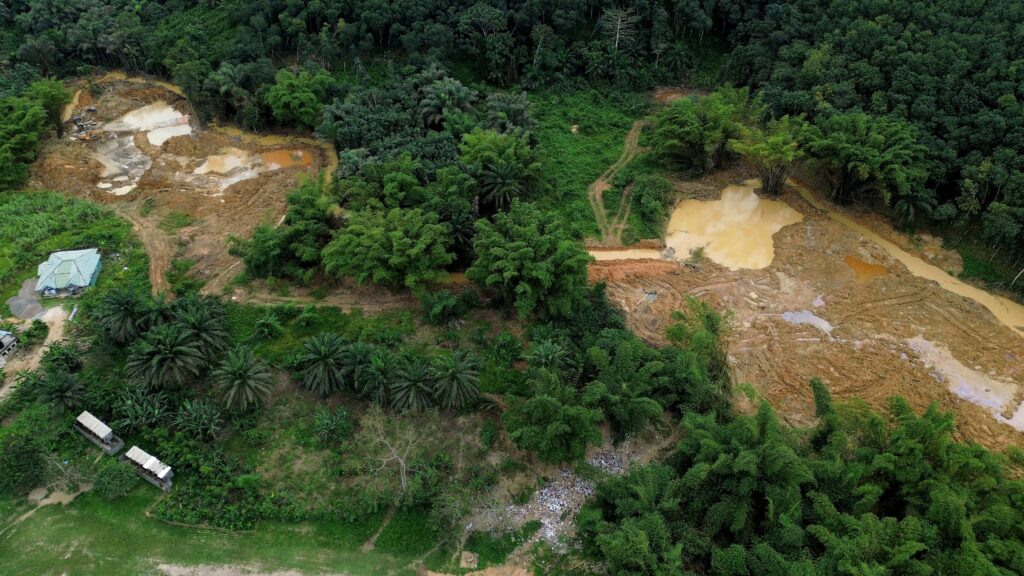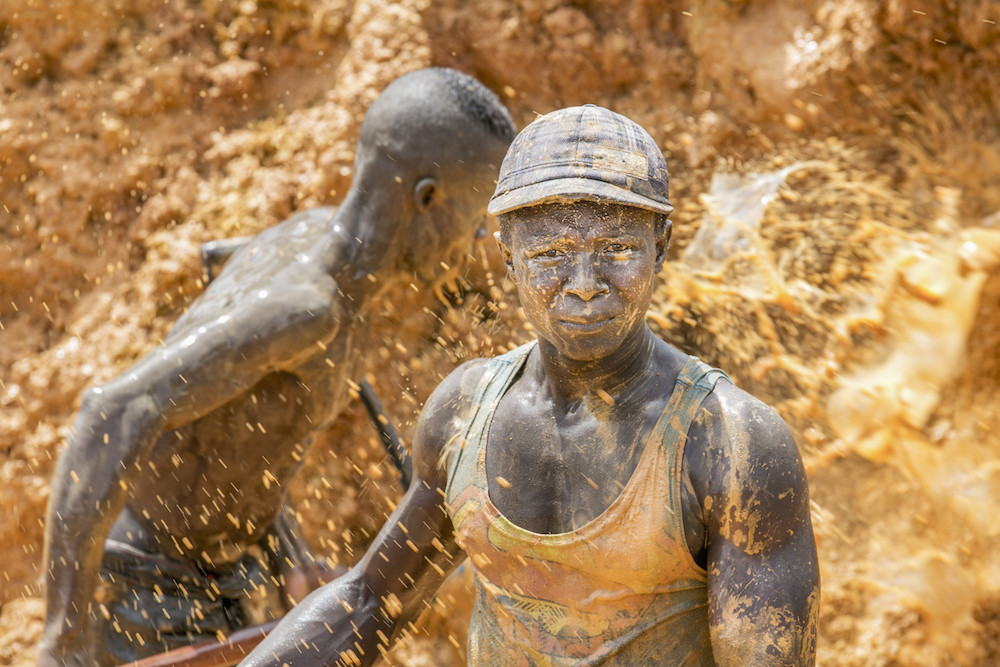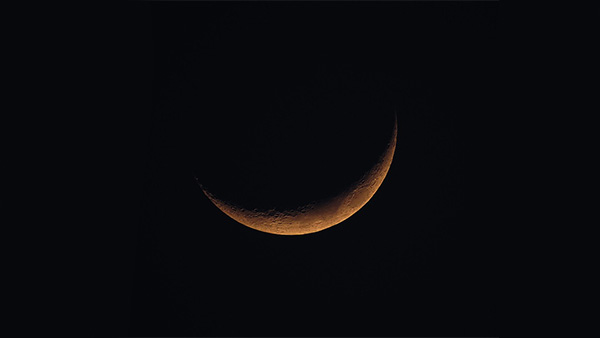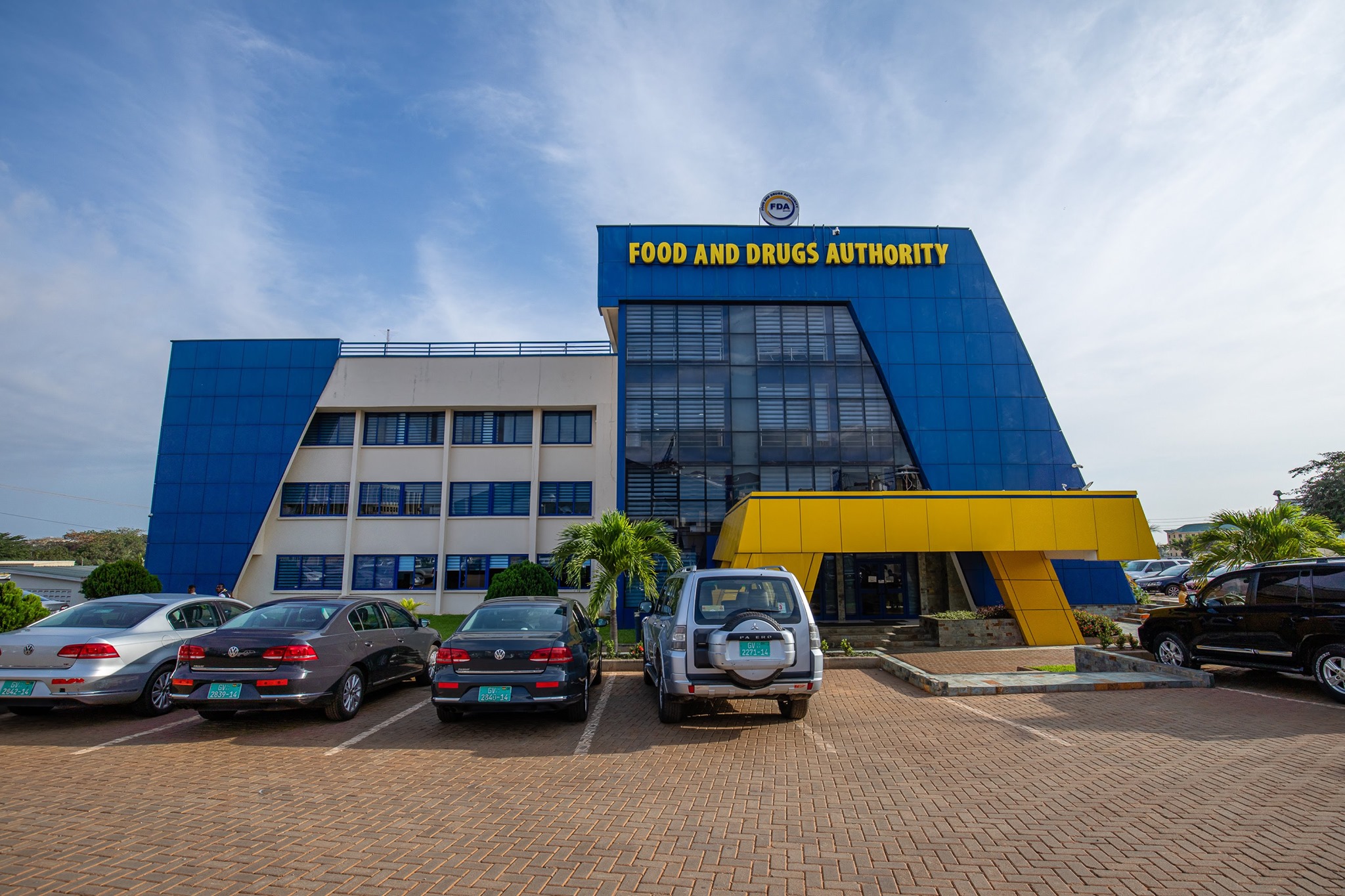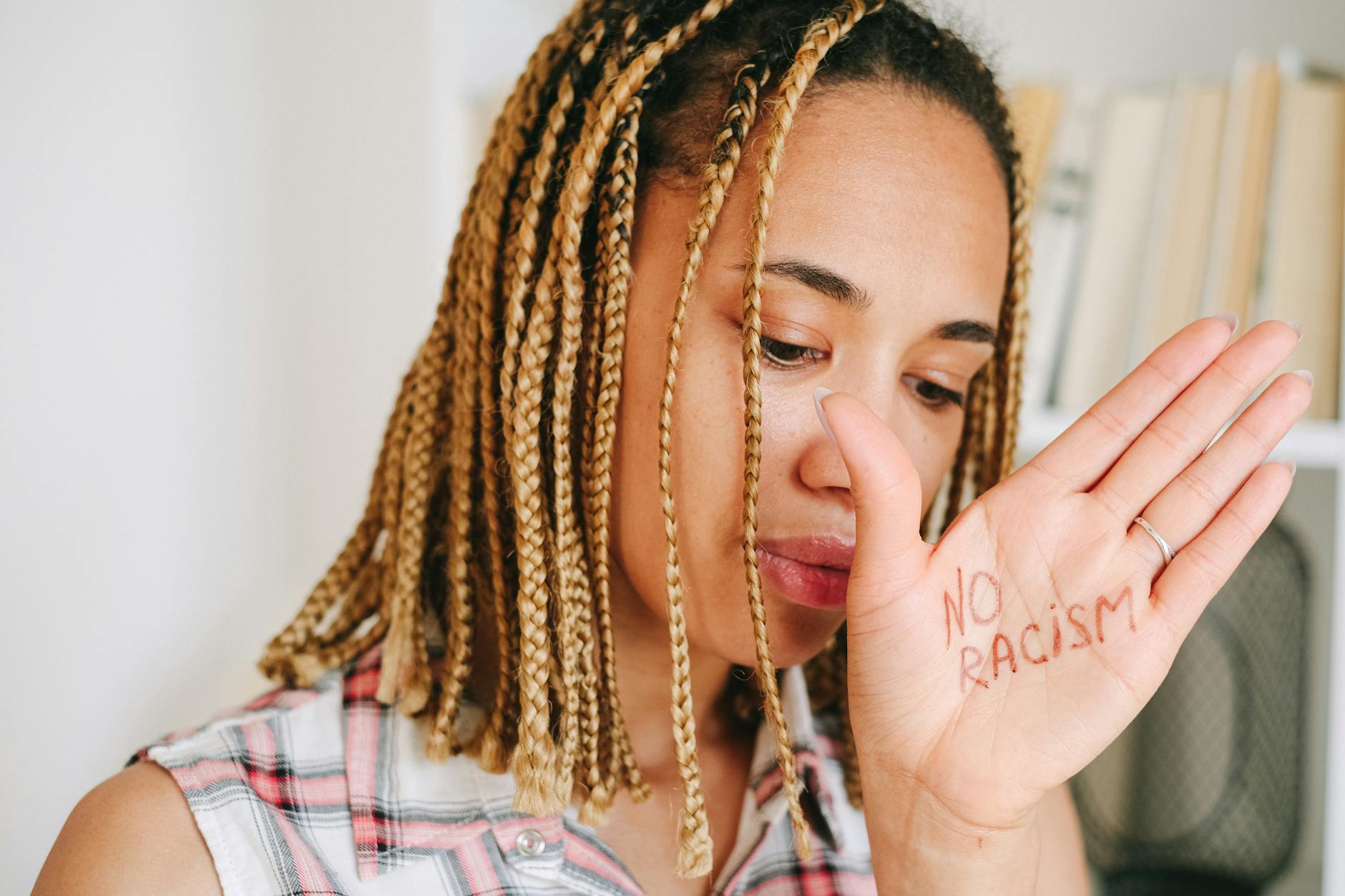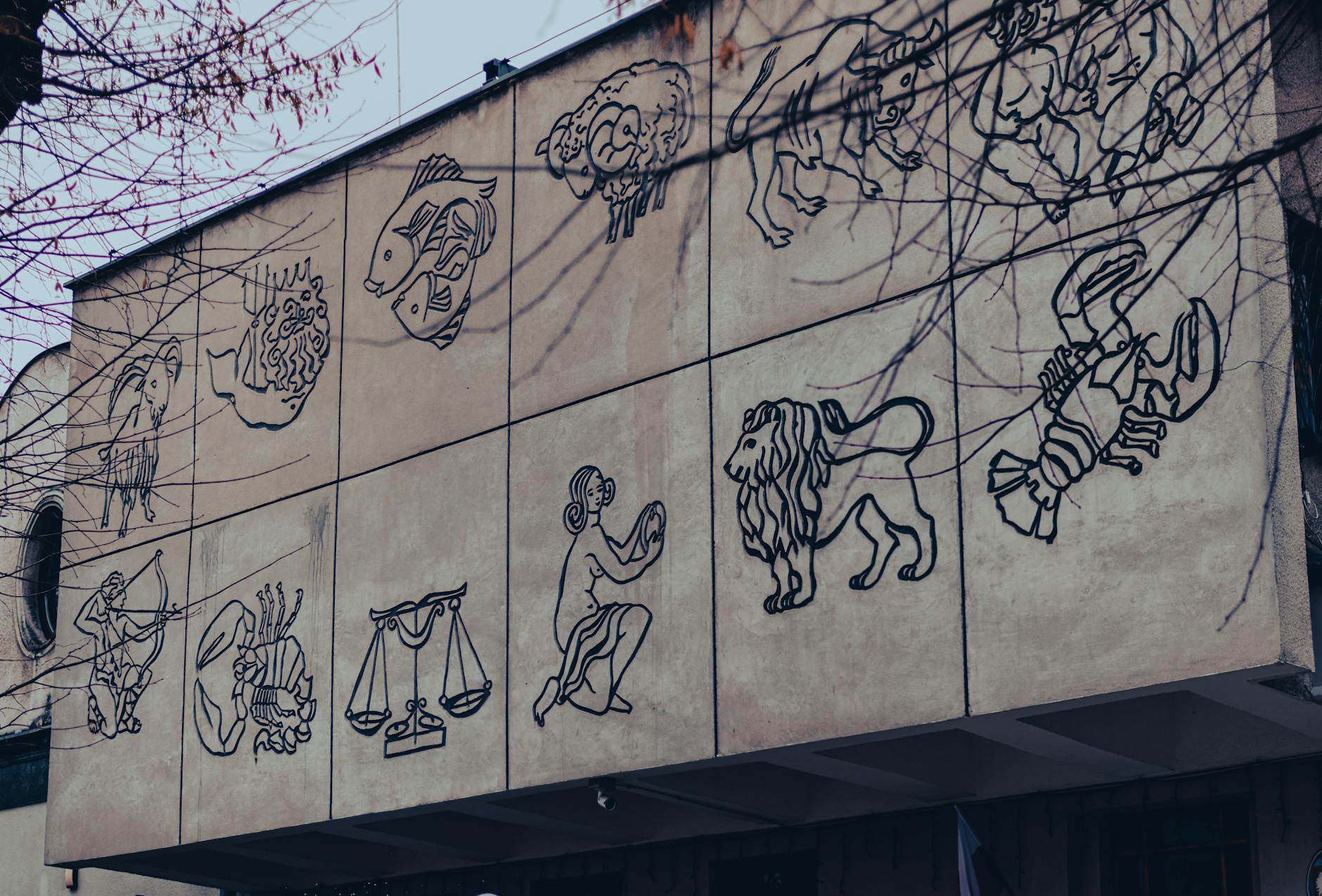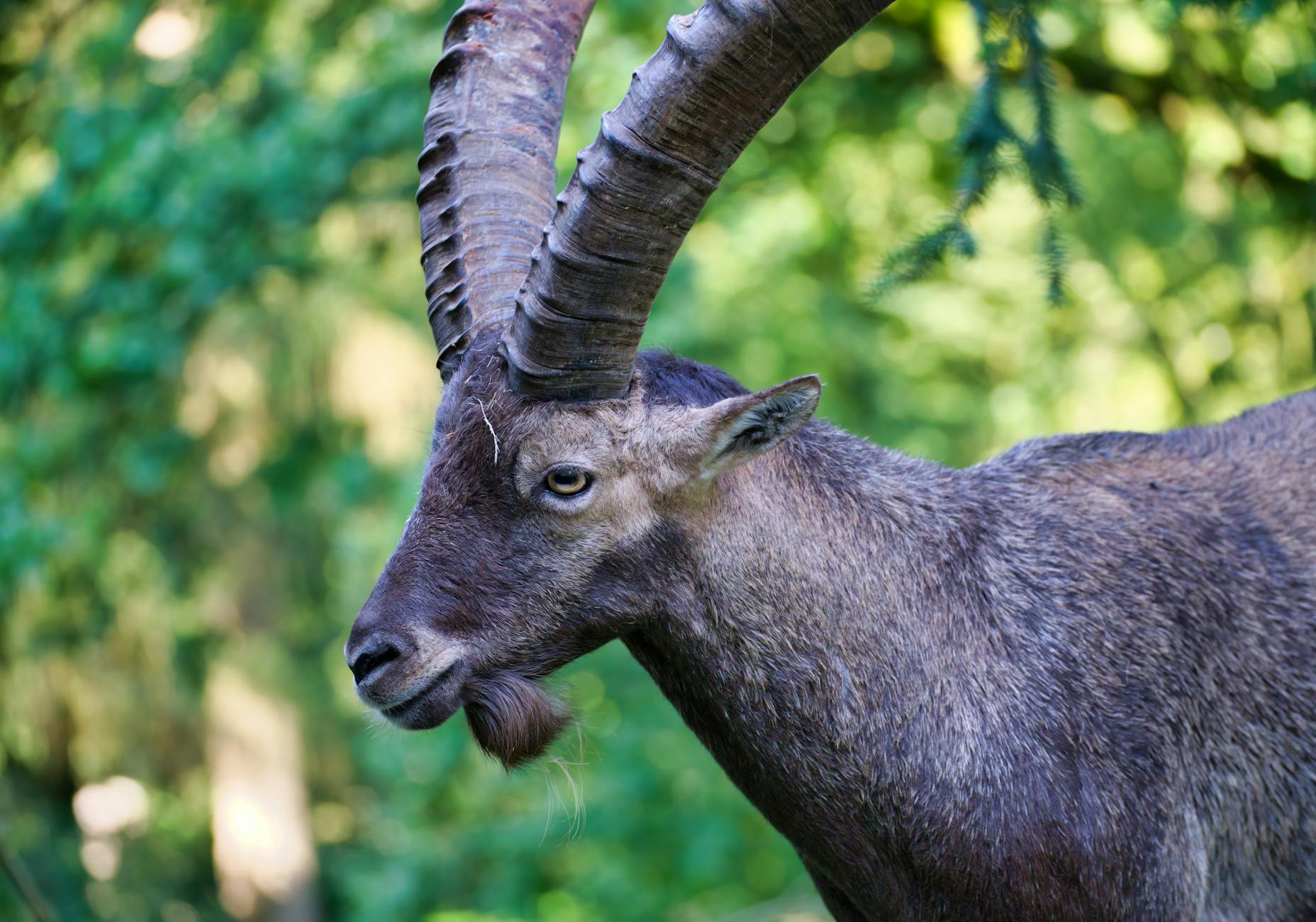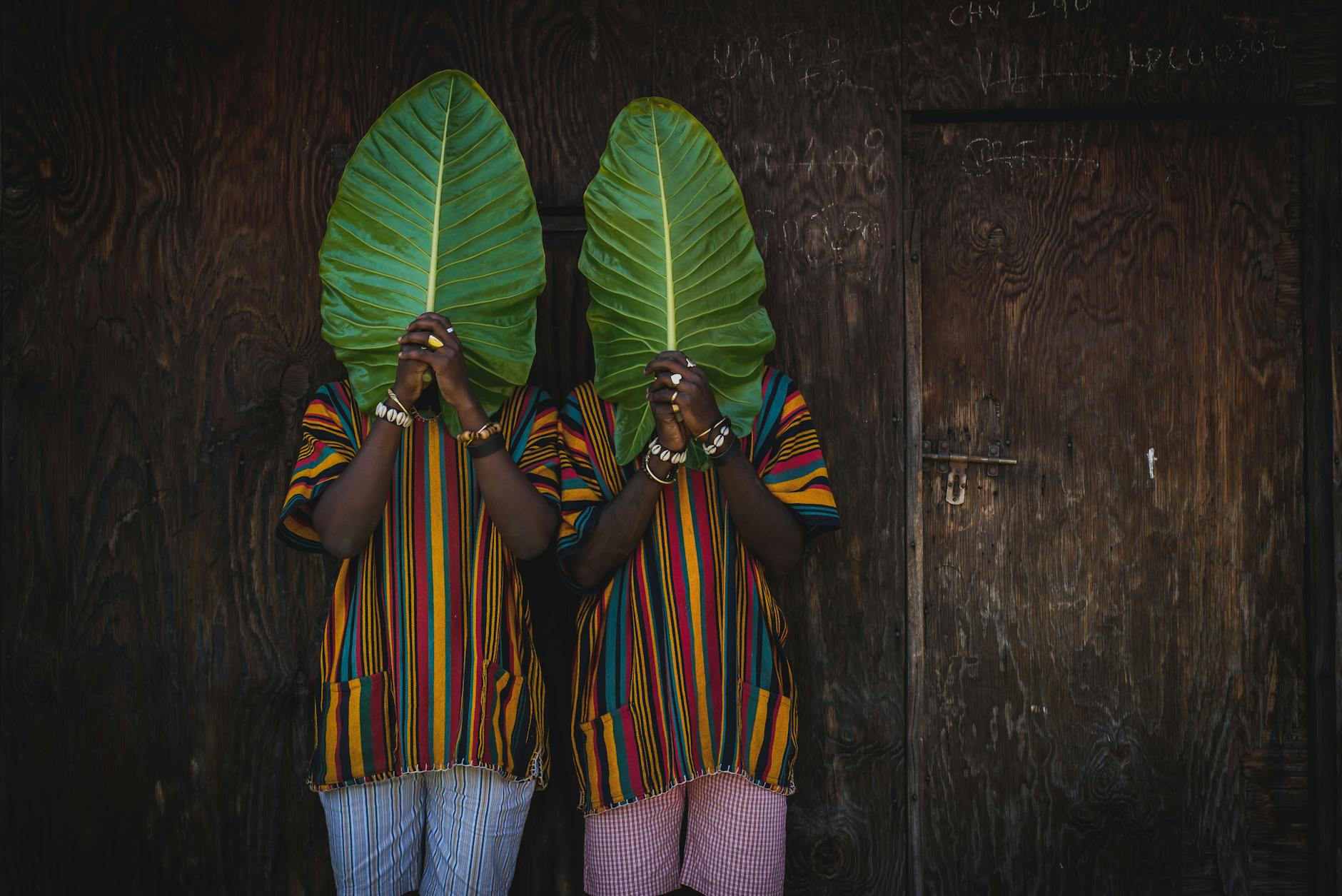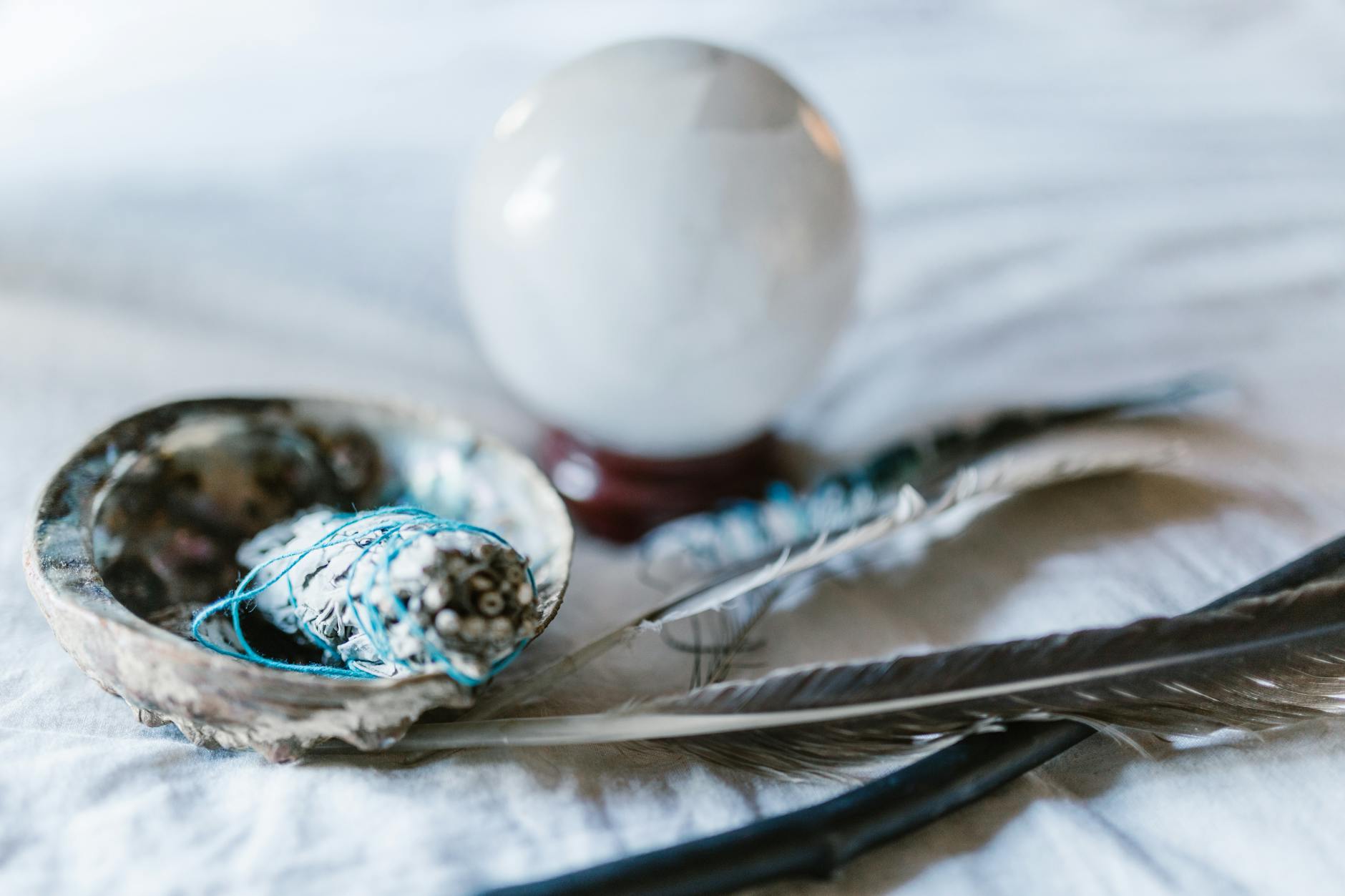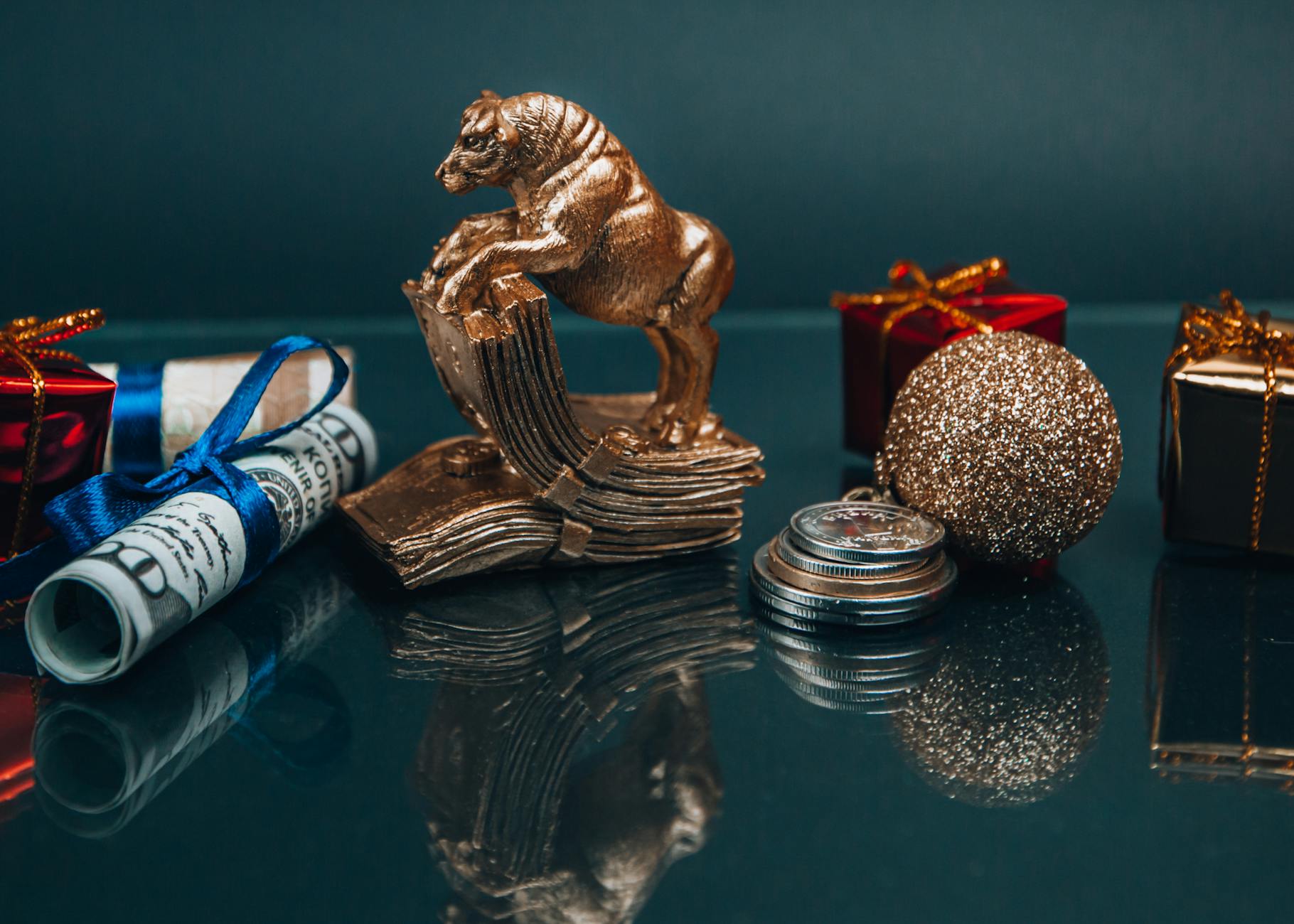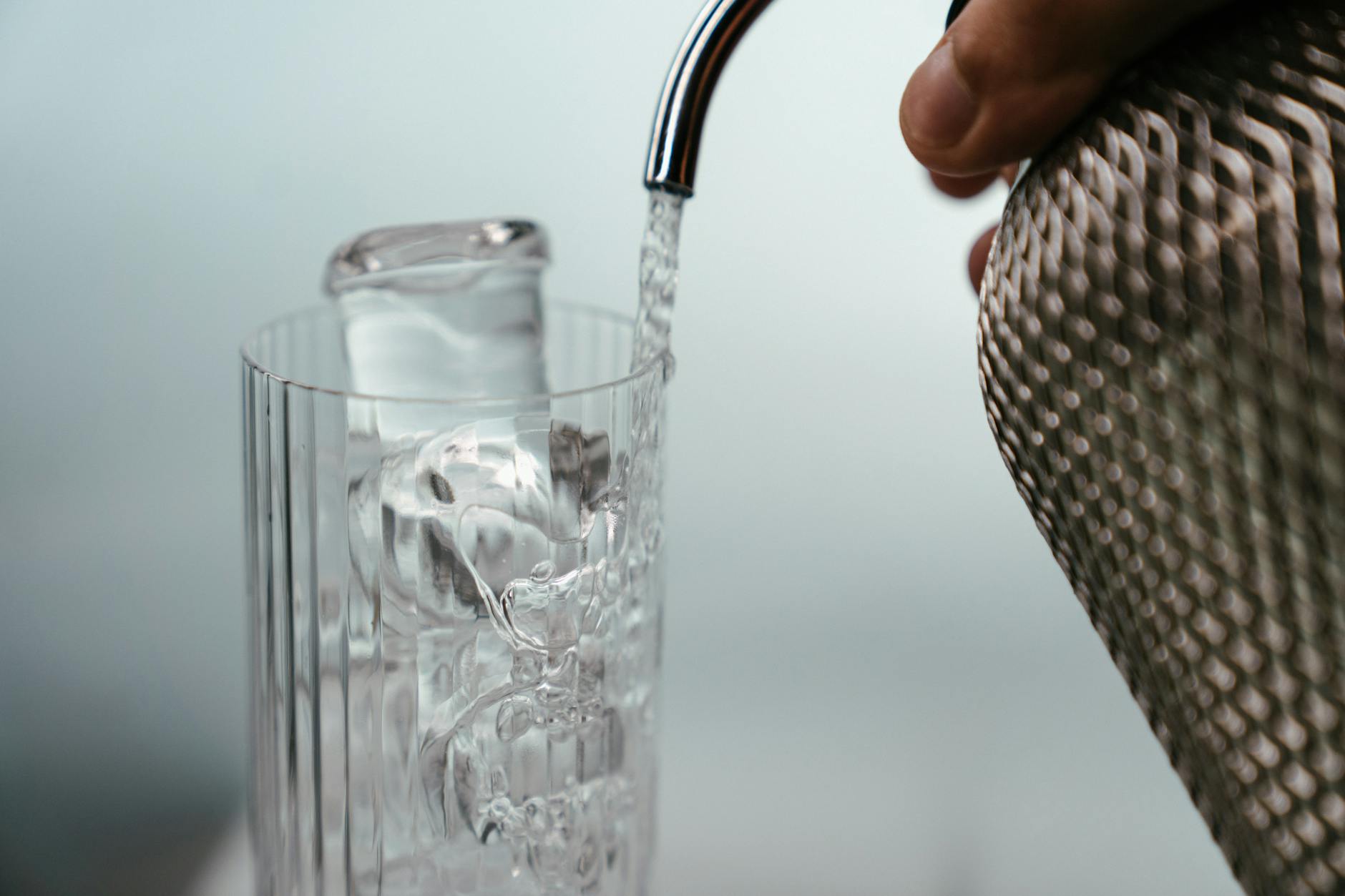
Across the vast savannas of West Africa grows a remarkable tree whose fruit has nourished, healed, and sustained communities for centuries, the shea tree (Vitellaria paradoxa). From its nut comes shea butter, known locally in Ghana as nkuto, a rich, creamy fat that has become one of the continent’s most prized natural products. Revered for its therapeutic, cosmetic, and economic value, shea butter embodies the perfect blend of traditional wisdom and modern relevance.
The Origin and Extraction
Shea butter is extracted from the nuts of the shea tree, which thrives naturally in countries such as Ghana, Burkina Faso, Nigeria, and Mali. The process of making shea butter is labour-intensive and deeply cultural. Women, who are the traditional custodians of shea processing, collect, boil, dry, crack, and hand-pound the nuts before roasting and churning them into a soft, buttery paste. This traditional extraction method, though time-consuming, preserves the butter’s nutrients and purity, resulting in a high-quality, unrefined product that remains the standard of excellence.
Physical Characteristics: A Creamy Treasure
Raw shea butter typically ranges from ivory to yellow, depending on its source and processing method. Its texture is soft and buttery at room temperature, melting effortlessly when rubbed between the palms or applied to the skin. It carries a natural nutty, smoky scent, a signature of authenticity, though refined varieties are often white and odourless. Shea butter is insoluble in water but blends easily with oils, and it remains stable for up to two years due to its rich antioxidant content. With a melting point between 31°C and 38°C, it absorbs smoothly into the skin, making it a favourite ingredient in body lotions, soaps, and lip balms.
Chemical Composition: Nature’s Perfect Formula
Beyond its appealing texture and aroma, shea butter’s power lies in its chemical composition. It is a natural blend of essential fatty acids and vitamins that nurture the skin and hair. Rich in oleic acid (40–55%) and stearic acid (35–45%), it provides deep moisturization and a protective barrier that locks in hydration. Its smaller proportions of linoleic and palmitic acids enhance elasticity and improve skin texture.
Equally important are the vitamins A and E, which serve as antioxidants to repair damaged skin cells, slow aging, and promote regeneration. Shea butter also contains cinnamic acid esters, which provide mild UV protection and anti-inflammatory effects. This unique blend of compounds gives shea butter its unmatched versatility and healing properties.
Healing and Functional Benefits
Shea butter is far more than a cosmetic product, it is a natural healer. Its emollient nature makes it an excellent moisturizer for dry and damaged skin. It helps soothe conditions such as eczema, burns, and rashes while reducing the appearance of scars, stretch marks, and wrinkles. For those living in harsh climates, shea butter offers protection against sunburn, wind, and pollution.
In hair care, it acts as a natural conditioner that strengthens, softens, and nourishes the scalp. Shea butter also possesses anti-inflammatory and antioxidant properties that make it suitable for sensitive or irritated skin. It can even be used as a lip balm, massage butter, or baby lotion, a truly multipurpose remedy for the entire body.
Grades and Quality: Understanding What You Buy
The market for shea butter is diverse, with varying grades that reflect purity and processing level.
- Grade A (Raw or Unrefined): Extracted using traditional methods, it retains all nutrients and a natural aroma.
- Grade B (Refined): Filtered and lightly processed, suitable for cosmetics but with fewer nutrients.
- Grade C (Highly Refined): Industrially processed, white and odourless, commonly found in mass-produced beauty products.
- Grades D and E: Often low-quality, adulterated, or mixed with other fats, these should be avoided.
Pure shea butter should melt easily, have a slightly nutty scent, and leave the skin feeling supple rather than greasy.
Socioeconomic Importance: Empowering Women and Communities
Shea butter production plays a critical role in rural development across West Africa. In Ghana alone, thousands of women depend on shea processing for their livelihoods. The trade not only provides income but also promotes women’s empowerment, poverty reduction, and sustainable livelihoods.
Global demand for natural skincare products has positioned shea butter as a major export commodity. Ghana remains one of the world’s leading producers, supplying both raw butter and refined extracts to cosmetic giants in Europe, Asia, and North America. Initiatives supporting fair trade and sustainable harvesting ensure that local producers benefit directly from this growing industry.
A Symbol of Sustainability and Tradition
The shea tree itself is a symbol of environmental sustainability. It grows without the need for fertilizers or irrigation and plays a crucial role in maintaining the ecological balance of the savanna. Many communities consider it sacred, protecting it from indiscriminate felling. Its resilience and generosity mirror the spirit of the people who harvest its fruit, strong, enduring, and deeply rooted in the land.
Shea butter is more than a skincare ingredient; it is a cultural heritage, a source of empowerment, and a gift of nature. Its creamy texture, healing power, and nutritional richness have earned it a timeless place in both traditional African households and global cosmetic shelves. As the world continues to embrace natural and sustainable products, shea butter stands out as one of Africa’s greatest treasures, pure, powerful, and profoundly human in its story.
It is, indeed, nature’s golden gift, from the heart of Africa to the world.
Discover more from Hot Stories Ghana
Subscribe to get the latest posts sent to your email.






